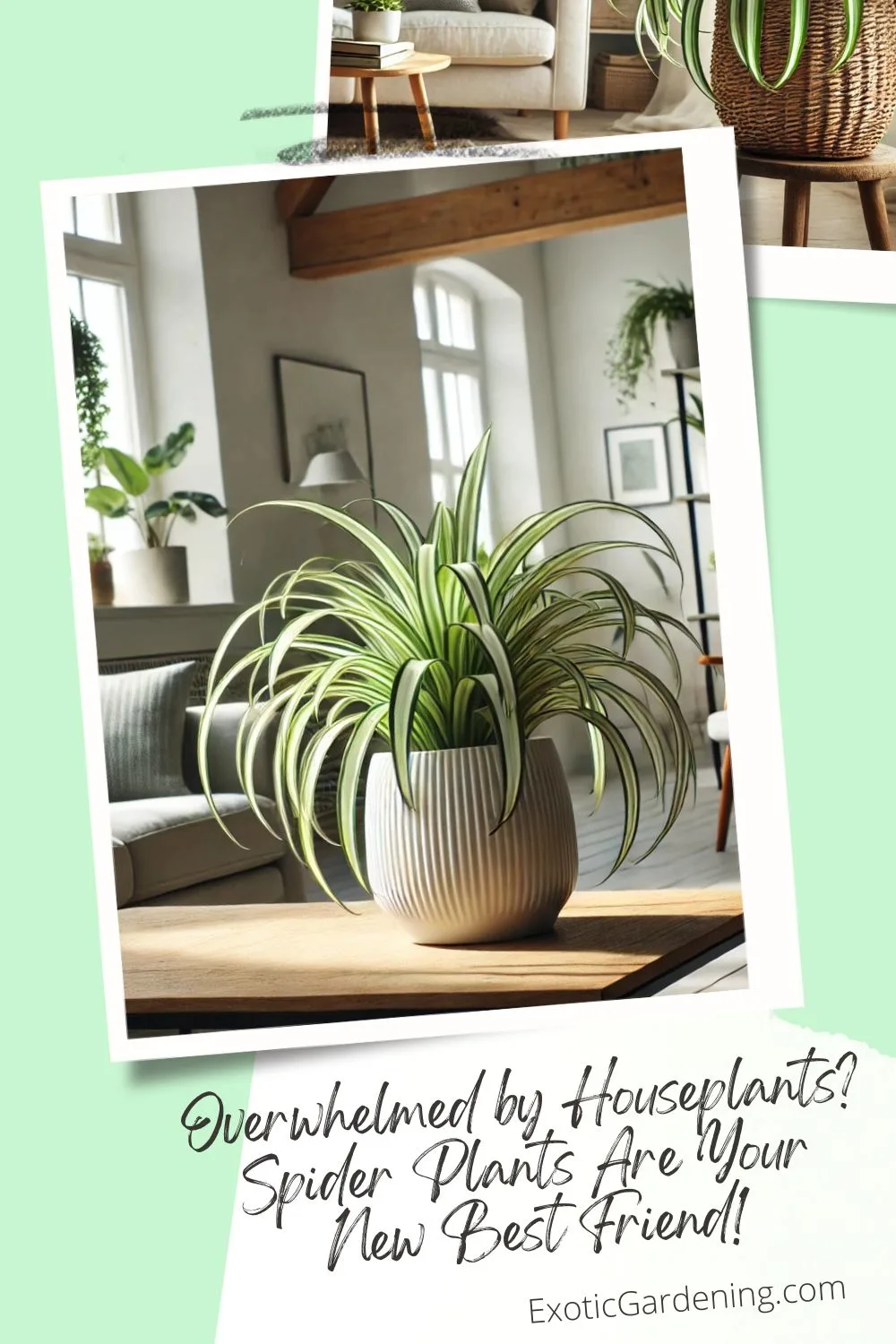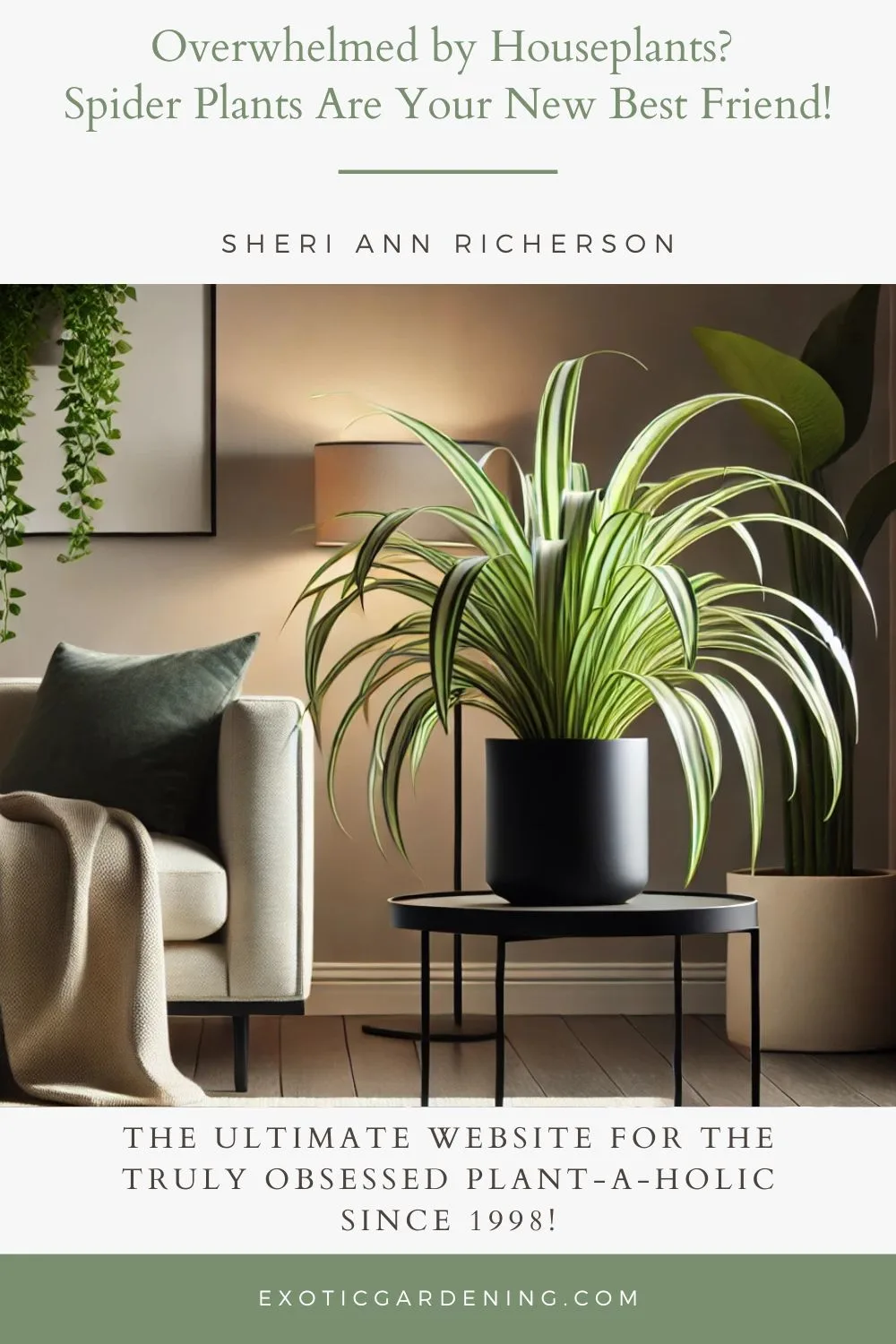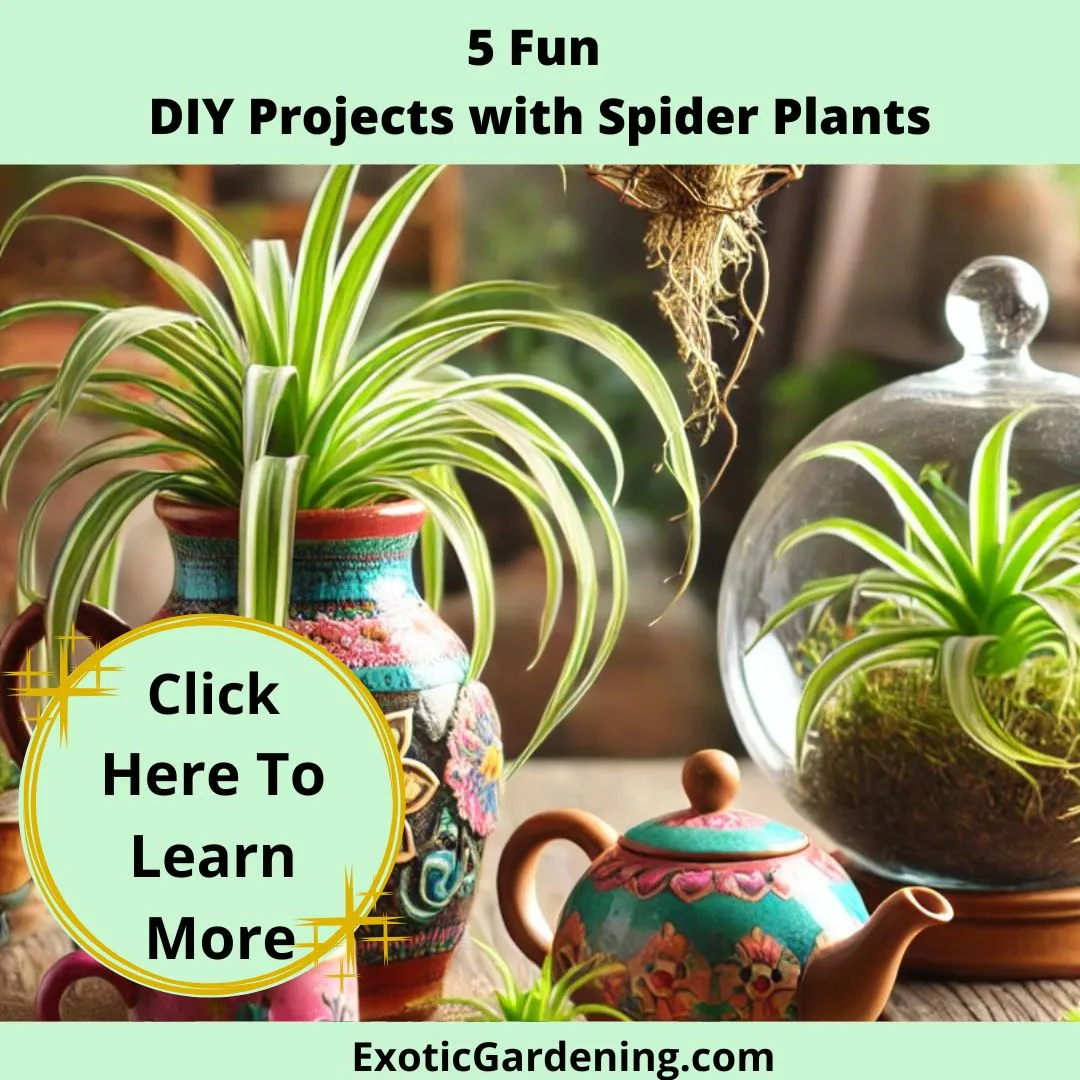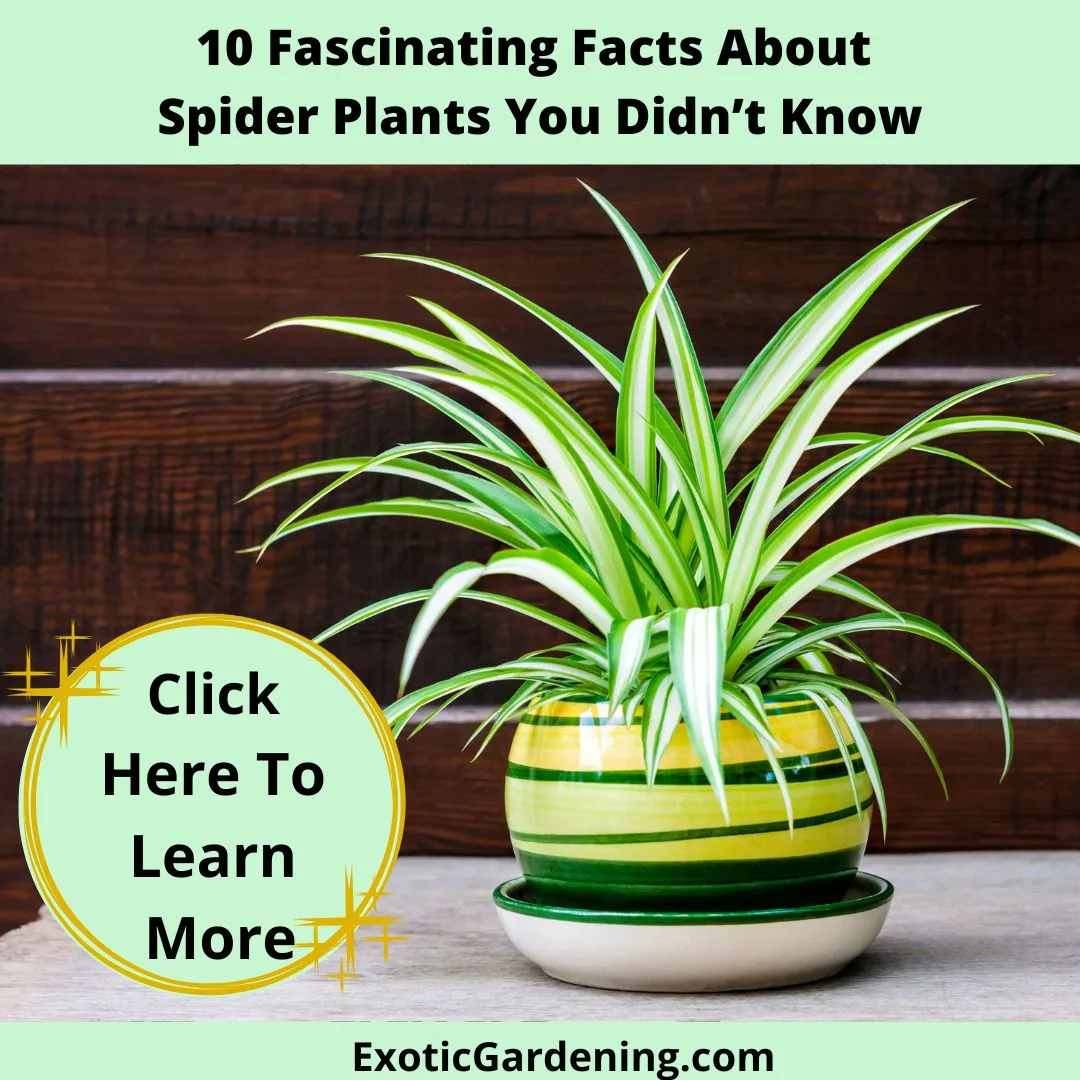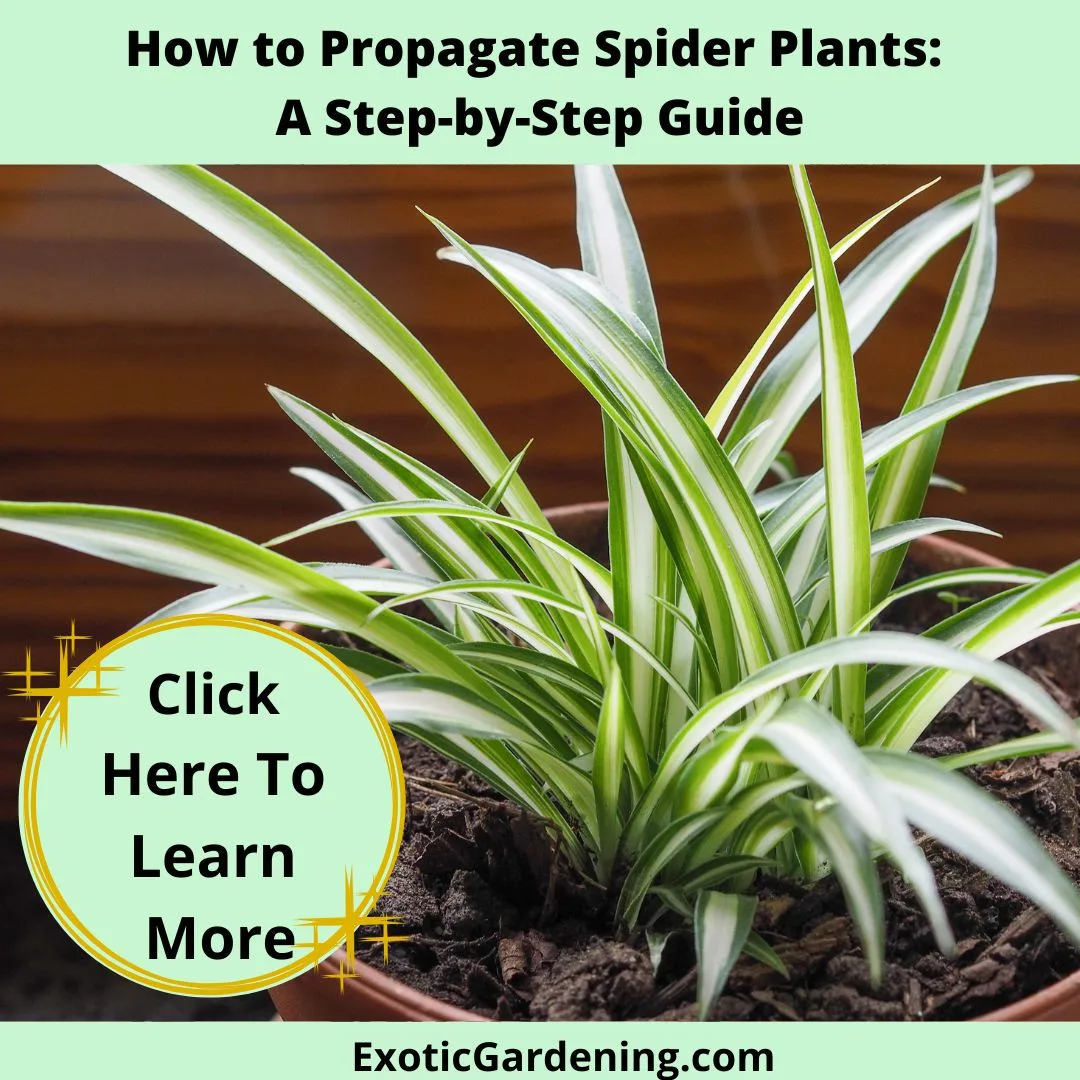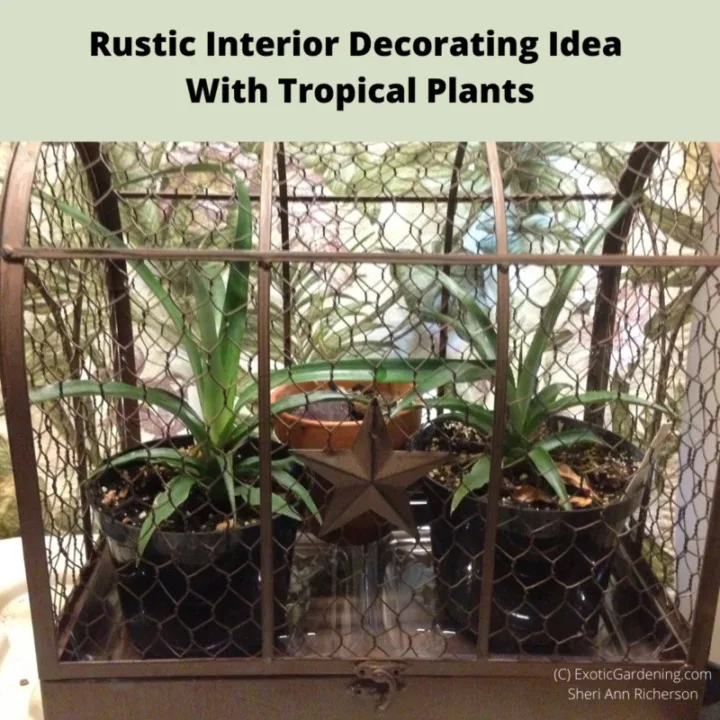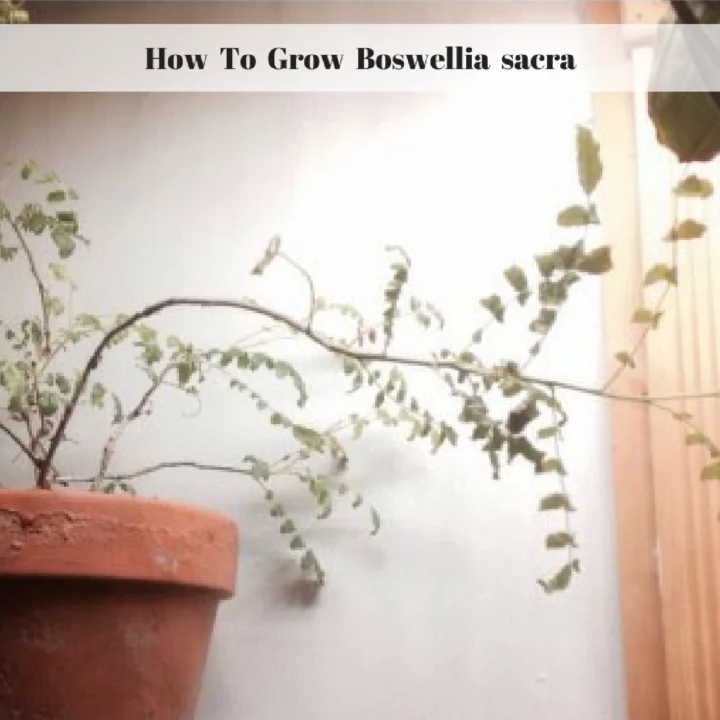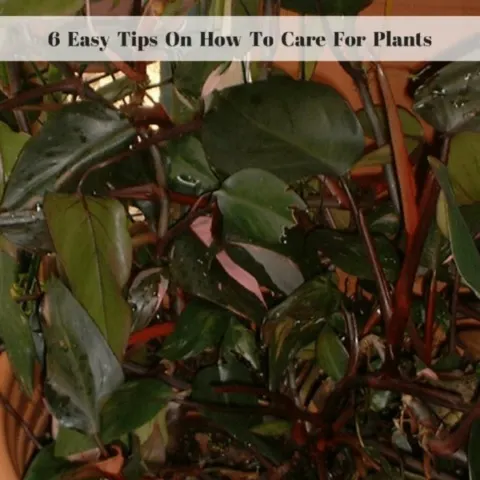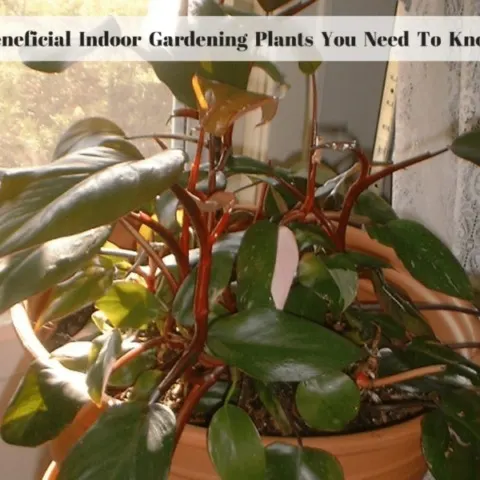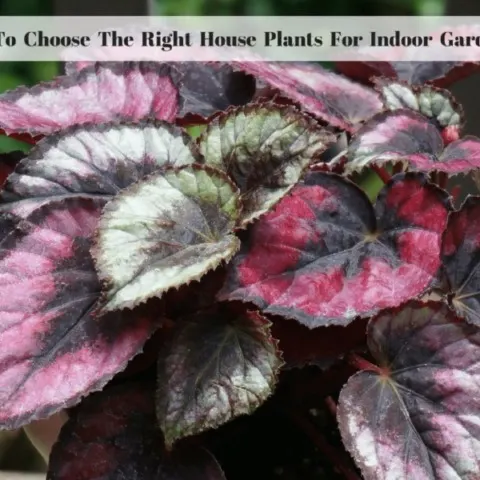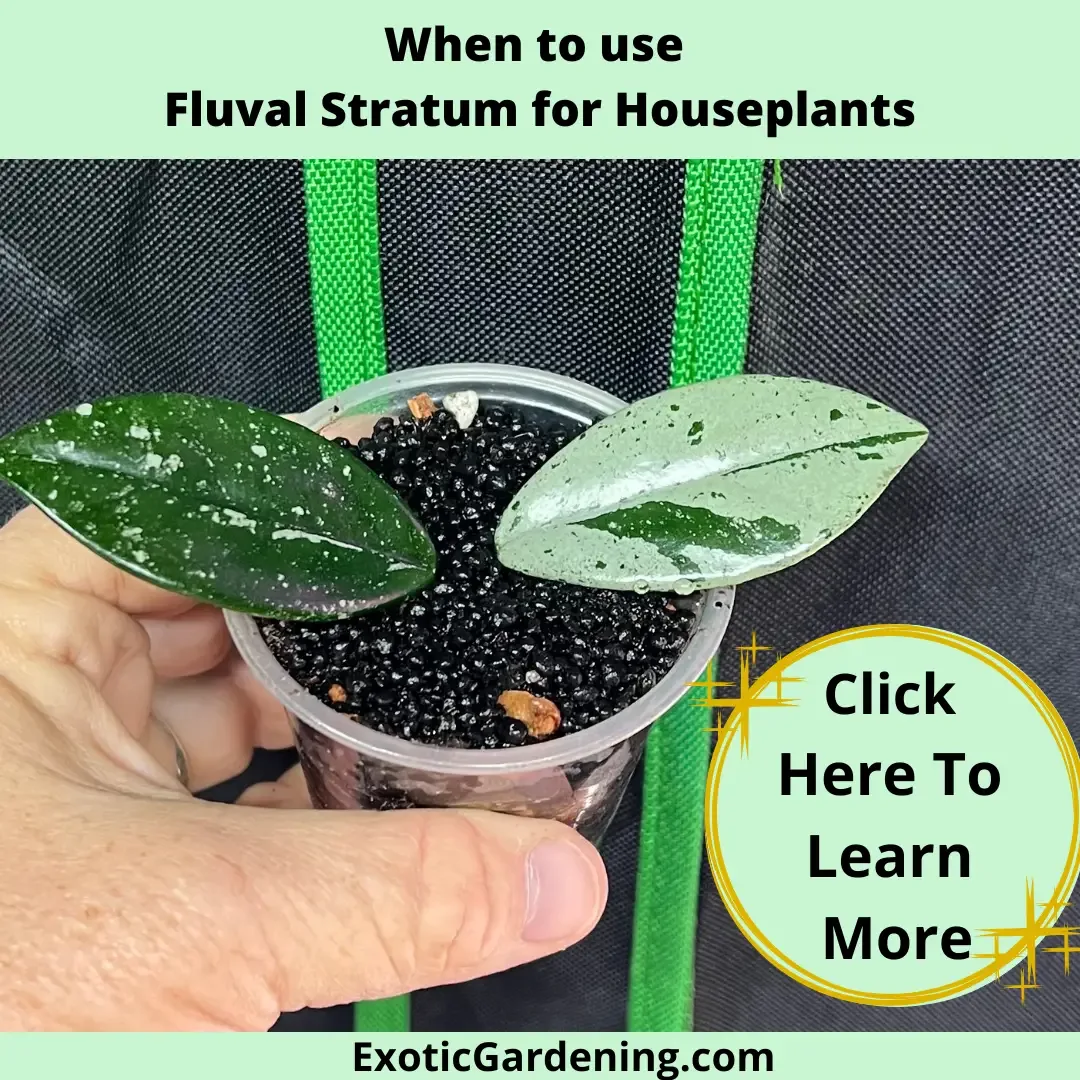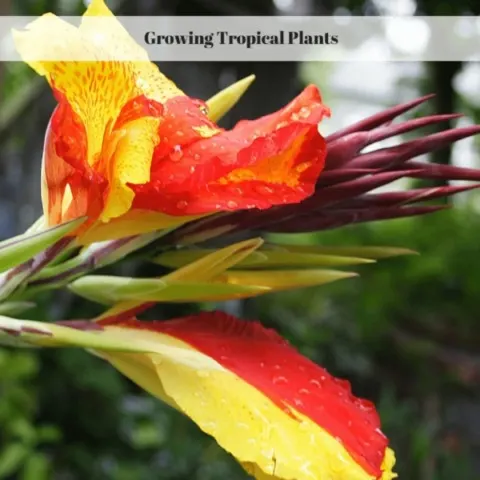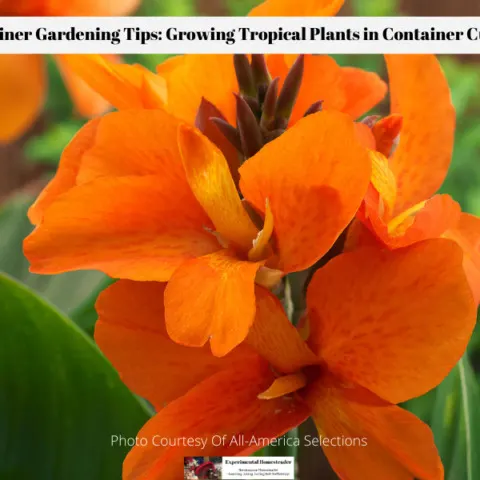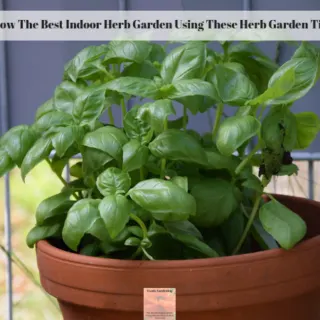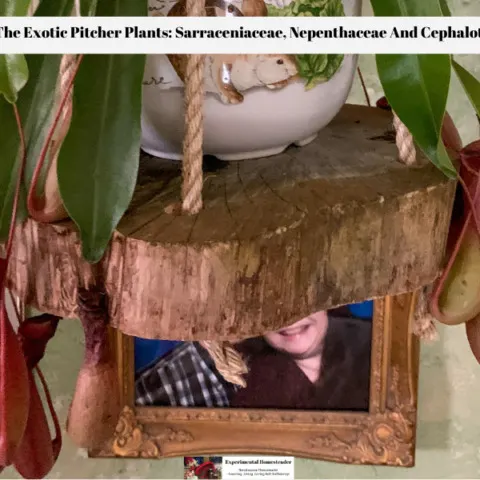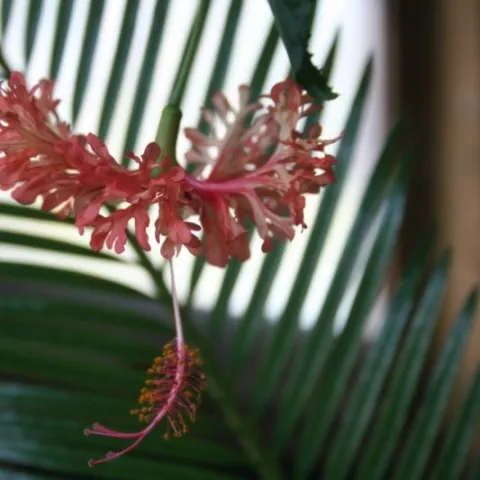Houseplants, spider plants in particular, can feel intimidating at first.
Maybe you’ve tried your hand at them and ended up with more brown leaves than green, or perhaps you’ve been avoiding them altogether because life is just too busy.
I get it—there’s nothing fun about feeling like you’ve failed at plant care.
But what if I told you there’s a plant that’s practically foolproof?
Enter the spider plant!
It’s resilient, low-maintenance, and an absolute dream for beginners.
This hardy plant can thrive with minimal effort—tolerating missed waterings, adapting to different light conditions, and even bouncing back from a bit of neglect.
Plus, spider plants are natural air purifiers, making them as functional as they are attractive.
Whether you’re a newbie plant enthusiast or someone looking for an easy way to liven up your space, the spider plant is here to prove that caring for houseplants doesn’t have to be overwhelming.
Why Spider Plants Are Perfect for Beginners
1. Low-Maintenance Marvel: Spider plants are the ultimate low-maintenance houseplant. Forget to water it? No problem! Spider plants are drought-tolerant champs that bounce back quickly. Even if you skip a week (or two) of watering, they’ll still thrive. This makes them perfect for busy people, forgetful plant owners, or anyone who’s just dipping their toes into houseplant care.
What’s more, spider plants don’t need constant attention. Unlike some houseplants that wilt dramatically at the first sign of neglect, spider plants quietly keep going, forgiving your occasional oversights. For beginners, this reliability can be a huge confidence booster.
For more specific care tips, check out my article How to Grow Spider Plants.
2. Communicates Its Needs: Spider plants are excellent communicators, which is why they’re so beginner-friendly. If their leaves start to turn yellow, it’s a sign they’re being overwatered. Brown tips? They might need filtered water or a slight increase in humidity. Instead of wilting into oblivion like some finicky plants, spider plants give you gentle nudges when they need help.
These visual cues make it easy to troubleshoot and adjust their care routine. You don’t need to be a plant expert to understand what your spider plant is telling you. They’re like the friend who tells you, “Hey, I’m thirsty,” rather than making you guess.
Need help diagnosing common problems? Check out Top 10 Common Spider Plant Problems and How to Fix Them.
3. Minimal Care Required: One of the best things about spider plants is how simple their care routine is. Here’s what they need:
- Watering: Once every 1-2 weeks is usually enough. Check the soil—if it’s dry an inch below the surface, it’s time to water.
- Lighting: Bright, indirect light is ideal. However, spider plants are adaptable and can tolerate lower light conditions.
- Feeding: A little liquid fertilizer during the growing season (spring and summer) is more than enough to keep them happy.
- Humidity: Spider plants aren’t fussy about humidity but will appreciate a misting every now and then, especially during winter.
Want to learn more about lighting? Read Spider Plant Light Requirements: A Key to Growth.
4. Adapts Like a Pro: Spider plants are incredibly adaptable, which is another reason they’re perfect for beginners. Whether your home is bright and sunny or a little on the dim side, spider plants will adjust. They’re resilient and forgiving, making them ideal for people who are still figuring out the best spots for their houseplants.
Even if you make a mistake, spider plants usually bounce back. They’re not just forgiving—they’re practically unkillable, making them a great confidence booster for new plant parents.
Looking for creative ways to showcase your spider plant? Don’t miss 5 Creative Spider Plant Display Ideas for Your Home.
Benefits of Having a Spider Plant in Your Home
1. Natural Air Purifier: Did you know that spider plants are natural air purifiers? They’re known for their ability to remove toxins like carbon monoxide, formaldehyde, and xylene from the air. NASA even included spider plants in their Clean Air Study, ranking them among the top plants for improving indoor air quality.
For anyone looking to create a healthier indoor environment, spider plants are a fantastic choice. Plus, their lush, cascading leaves add a beautiful, calming vibe to any room.
2. Pet-Friendly: If you’ve got curious cats or dogs at home, you’ll be happy to know that spider plants are non-toxic to pets. While you might occasionally find your furry friends nibbling on their leaves (spider plants are mildly hallucinogenic to cats!), they’re generally safe and won’t harm your pets.
3. Low-Cost and Easy to Propagate: Spider plants are budget-friendly and incredibly easy to propagate. Those little baby plants—called spiderettes—that grow off the main plant can be snipped and potted to create new plants. It’s a fun, rewarding process that lets you expand your plant collection or share your spider plant babies with friends and family.
Need detailed propagation tips? Check out my guide, How to Propagate Spider Plants: A Step-by-Step Guide.
4. A Confidence Booster: Every new leaf or thriving spiderette is a little victory that builds your confidence as a plant parent. Starting with a plant that’s hard to kill helps you feel ready to tackle more challenging houseplants in the future. Before you know it, you’ll be adding monstera, fiddle leaf figs, and other trendy plants to your collection.
Common Challenges (and How to Fix Them):
1. Brown Leaf Tips: This is one of the most common issues with spider plants and usually indicates a build-up of salts or chemicals in the water. Switch to filtered or distilled water, and make sure you’re not over-fertilizing.
2. Yellowing Leaves: Overwatering is often the culprit here. Let the soil dry out a bit before watering again, and make sure your pot has good drainage.
3. Lack of Growth: If your spider plant seems stuck, it might need a bit more light. Move it to a brighter spot with indirect sunlight and see if it perks up.
Encouragement for Beginners: Here’s the best part: You don’t have to be an expert to grow a thriving spider plant. They’re forgiving, adaptable, and practically beg you to succeed. If you’ve ever thought, “I’m just not good with plants,” a spider plant is the perfect way to prove yourself wrong.
Small wins, like seeing a new leaf or successfully propagating a spiderette, are incredibly rewarding. Over time, you’ll feel more confident and ready to take on more complex plants. Spider plants don’t just grow in your home—they help you grow as a gardener.
Your Green Journey Starts Here
Spider plants are more than just houseplants—they’re confidence boosters, air purifiers, and gateways to a greener home.
If you’ve ever hesitated to bring a plant into your life, now’s the time to take the leap.
Imagine the joy of watching new leaves unfurl, the satisfaction of nurturing a thriving spiderette, and the calming presence of greenery in your space.
Every small success with a spider plant is a step toward mastering plant care and discovering the joy of indoor gardening.
Whether you’re creating your first indoor oasis or adding to a growing collection, spider plants are here to help you thrive alongside them.
You’ve got this, and your spider plant will prove it every step of the way.
Take the Guesswork Out of Growing Spider Plants!

Struggling to keep your spider plant looking lush and vibrant? Between figuring out when to water, how much sunlight it needs, and how to tackle pests, it’s easy to feel overwhelmed. That’s why I created the Spider Plant Care Planner—the perfect tool for plant lovers who want healthier, thriving plants without all the stress.
- Track watering schedules, sunlight exposure, and pest prevention.
- Get seasonal care tips specific to spider plants (yes, they have different needs in summer and winter!).
- Keep things organized with an easy-to-use format designed for busy lifestyles.
Whether you’re a beginner or a seasoned plant parent, this planner will help you grow beautiful spider plants with confidence. Plus, for a limited time, you can snag it at $3.00. Don’t miss out—your spider plant will thank you!
Ready to get started?
Download my Spider Plant Care Planner to make plant care even easier.
It includes a simple watering schedule tracker, light tracker, pest prevention tracker, and troubleshooting advice.
Then, check out my blog post How to Grow Spider Plants for even more tips and tricks.
What’s stopping you from giving houseplants a try?
Drop your worries in the comments—I’m here to help!
Let’s grow together.
Linked Resources for Further Reading:
- How to Grow Spider Plants
- Top 10 Common Spider Plant Problems and How to Fix Them
- 10 Fascinating Facts About Spider Plants You Didn’t Know
- 5 Creative Spider Plant Display Ideas for Your Home
- Spider Plant Light Requirements: A Key to Growth
- 5 Fun DIY Projects With Spider Plants
- How To Propagate Spider Plants: A Step-by-Step Guide
- Spider Plants: The Perfect Gateway Plant For Gardening Enthusiasts
- The Ultimate Spider Plant Care Guide: Tips, Tricks, and Ideas for Beginners and Enthusiasts
Discover the Joy of Houseplants: Your Ultimate Resource Guide
Welcome to the ultimate guide for all things houseplants! Whether you’re a seasoned green thumb or just starting your indoor gardening journey, this curated list of articles has something for everyone. From detailed care instructions to creative decorating ideas, troubleshooting common issues, and learning about unique plant varieties, you’ll find everything you need to keep your indoor jungle thriving.
Explore topics like:
Essential care tips for popular houseplants.
Solutions to common problems like pests, watering mistakes, and lighting challenges.
Creative ways to display and style your plants.
Propagation guides to grow your collection.
Get inspired, troubleshoot challenges, and cultivate the lush, vibrant indoor space you’ve always dreamed of. Dive in and let your houseplants flourish with these helpful resources!
Mastering South-Facing Window Plants: Expert Tips for Your Lush Oasis
Discover the secrets of success with South-Facing Window Plants in our comprehensive guide. Transform your space into a green haven.
Transform Your Cozy Corner with these Perfect Plants for Small Spaces
Discover the beauty of compact gardening with our guide on choosing and caring for plants for small spaces.
The Complete Guide to Philodendron Pink Princess Care
Introducing the Philodendron Pink Princess
Allow me to introduce you to the crown jewel of my botanical collection – the enchanting Philodendron Pink Princess.
This recent addition is nothing short of a horticultural masterpiece, captivating the senses with its breathtaking display of colors.
Imagine deep, luxurious burgundy leaves, each adorned with bold splashes of vivacious pink.
The contrast is nothing short of a visual symphony, a natural work of art that commands attention.
As I gazed upon it for the first time, I couldn't help but marvel at the sheer beauty and grace that this plant exudes.
If you've never had the pleasure of setting your eyes on a Philodendron Pink Princess, consider yourself in for a treat beyond compare.
It's more than a plant; it's a showstopper, a conversation piece, and a living testament to the wonders of the natural world.
This captivating botanical gem promises to be a source of endless fascination and admiration in any space it graces.
Spider Plants: The Perfect Gateway Plant for Gardening Enthusiasts
Spider plants, the perfect gateway plant, add charm, purify air, and are ideal for beginners and seasoned gardeners alike.
Spider Plant Light Requirements: A Key to Growth
Explore Spider Plant light requirements for thriving indoor growth. Learn key tips for optimal lighting conditions and vibrant greenery.
How to Grow Spider Plants
Discover how to grow spider plants with expert tips on light, watering, soil, and more for thriving plants!
5 Creative Spider Plant Display Ideas for Your Home
Discover creative spider plant display ideas to elevate your home decor with unique, stunning, and easy-to-implement solutions.
5 Fun DIY Projects with Spider Plants
Explore creative DIY projects with Spider Plants, including terrariums, macramé hangers, and upcycled planters for vibrant decor.
10 Fascinating Facts About Spider Plants You Didn’t Know
Discover fascinating facts about spider plants, including their care, propagation, and unique qualities that make them standout houseplants.
Top 10 Common Spider Plant Problems and How to Fix Them
Discover solutions to common spider plant problems like brown tips, yellow leaves, and droopy growth to keep them thriving.
How to Propagate Spider Plants: A Step-by-Step Guide
Learn how to propagate spider plants with easy, step-by-step instructions to grow vibrant, healthy indoor plants effortlessly.
Rustic Interior Decorating Idea With Tropical Plants
Metal cages or even old bird cages filled with plants are a great way to add a rustic touch to your interior decor.
Plumeria: The Lei Flower Is A Fragrant, Easy To Grow Houseplant
Learn how to care for your Plumeria in ground and in containers. Because of the winter dormancy period it is ideal for summer containers.
Indoor Flowering Tropical Plants
There are a number of indoor flowering tropical plants that are easy to care for and bloom all winter long under the right conditions.
How To Grow Boswellia sacra
Boswellia sacra is the plant frankincense tears comes from. Learn how to grow the Boswellia sacra plant and what the various uses for it are.
6 Easy Tips On How To Care For Plants
Proper plant maintenance is essential if you want to learn how to grow healthy plants. Check out these six tips on how to care for plants.
Beneficial Indoor Gardening Plants You Need To Know
Learn about indoor gardening beneficial plants that are edible, help heal minor cuts or burns or those that help remove impurities from the indoor air.
How To Choose The Right House Plants For Indoor Gardening
Choosing the right plants for an indoor gardening environment is important for success. Many indoor gardening house plants are easy to care for.
How To Care For Holiday Plants
Have you ever wondered how to care for holiday plants such as the Poinsettia or the Christmas Cactus? If so, then check out this holiday plant care guide
Understanding and Treating Plant Blight: The In-depth Guide
Master treating plant blight with expert tips. Learn to protect your garden from this common threat. Essential insights inside.
Fall Tropical Plant Care: Transitioning Your Tropical Treasures in Autumn
Discover the secrets of successful Fall Tropical Plant Care. Learn how to transition your exotic plants for a thriving winter indoors.
Eucalyptus Growing Indoors: Tips and Troubleshooting Guide
Discover the art of eucalyptus growing indoors for year-round beauty and fragrant cut foliage in your flower arrangements.
When to use Fluval Stratum for Houseplants
Discover the perfect timing to use Fluval Stratum for houseplants and unlock vibrant growth in your indoor oasis. Learn more here.
How To Grow Bay Leaves Indoors
Discover the secrets of successful gardening with our guide on how to grow bay leaves indoors. Cultivate your own aromatic herb garden!
Easy Exotic Houseplants: Tropicals That Thrive Indoors in Containers
Tropical plants are the most beautiful, easy to grow indoor houseplants. Start growing exotic houseplants today that fruit and flower!
Brighten Up The Dull Days Of Winter With Blooms
Discover vibrant winter blooming houseplants that brighten your home with color and fragrance during the colder months.
Tips For Making A Moth Orchid Last From Costa Farms
Successful orchid care is pretty easy once you understand the seven basic steps the plant needs to thrive in your home environment.
Meet The Exotic Pitcher Plants - Sarraceniaceae, Nepenthaceae And Cephalotaceae
Learn about the exotic pitcher plants known as Sarraceniaceae, Nepenthaceae And Cephalotaceae including how to propagate them.
How To Grow Marimo Moss Balls
Learn how to grow Marimo Moss Balls and how to care for a moss ball to keep it happy. A Luffy ball is a very low maintenance plant.
Tropical Gardening: The Irresistible Allure & Addictive Power
Unveil the Addictive Allure of Tropical Gardening – From Starter Plants to Care Tips. Dive into #TropicalGardening!
Variegated And Other Interesting Plants: Elevate Your Space with Nature's Painted Wonders
Explore the world of variegated and unique plants, adding vibrant beauty and intrigue to your indoor oasis.
Tropical Plants For Medium To High Light
Check out these awesome tropcial plants for medium to high light that make wonderful, easy to care for houseplants.
How To Grow Tropical Plants
Growing tropical plants - also known as houseplants - indoors is fun and enjoyable plus many of them clean the indoor of pollutants.
It is easy to grow exotic looking plants that produce tropical fruit and colorful flowers in a pot in your living room or office.
Many of these plants are easy to start from seed and I share with you five plants that I recommend for indoor growing.
I also share with you why growing your own tropical fruit saves money.
In this video you will learn:
How to bring tropical plants indoors at the end of summer
How to grow tropical plants indoors
How to protect and overwinter tropical plants outdoors in cold climates
How to propagate tropical plants
How to water tropcial plants
How to grow topical plants in a greenhouse


